A Guide to Breast Implants Cost in Vietnam
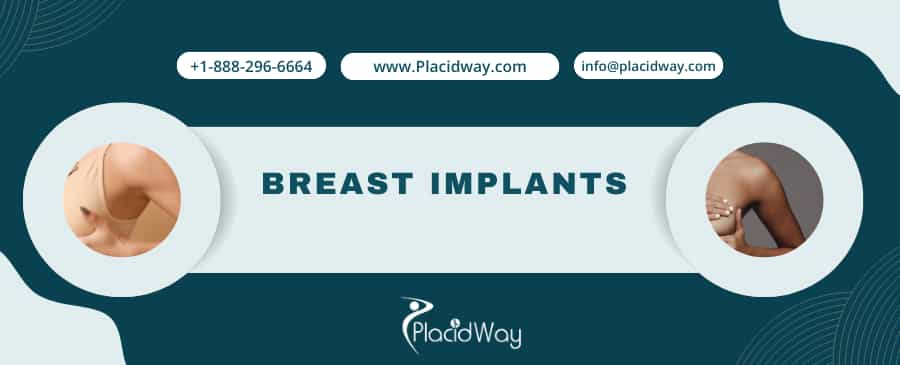
Thinking about getting breast implants? You're not alone. It's one of the most popular cosmetic procedures worldwide. But the cost can be a major hurdle for many. That's where medical tourism comes in, and Vietnam has emerged as a leading destination for high-quality, affordable cosmetic surgery. If you're wondering about the price of breast implants in Vietnam, you'll be pleased to know that it's a fraction of what you'd pay in countries like the United States, Australia, or the UK. This significant cost saving doesn't mean you have to compromise on quality. Many Vietnamese clinics are state-of-the-art facilities with internationally trained and experienced surgeons.
They adhere to strict safety protocols and use the same high-quality implants that you would find in the best clinics at home. This guide will walk you through everything you need to know about getting breast implants in Vietnam, from the detailed cost breakdown to choosing the right surgeon and what to expect during your journey. We'll explore the different types of implants available, the factors that influence the final price, and the safety measures you should look for in a clinic. By the end of this article, you'll have a clear understanding of why so many people are choosing Vietnam for their cosmetic surgery needs and how you can get the beautiful, natural-looking results you desire without breaking the bank.
What is the average cost of breast implants in Vietnam?
The affordability of breast augmentation in Vietnam is a primary draw for international patients. Compared to the United States, where the procedure can cost upwards of $7,000 to $15,000, the savings are substantial. This price difference is not due to a lower quality of care but rather the lower cost of living and operational expenses in Vietnam. You can expect to receive treatment in modern, well-equipped hospitals from surgeons who are often trained in Western countries.
It's important to get a detailed quote from your chosen clinic that outlines everything included in the price. This will help you avoid any unexpected costs. A comprehensive package should cover:
- Surgeon's fees
- Anesthesia costs
- Hospital or surgical facility costs
- The breast implants themselves
- Pre-operative tests and consultations
- Post-operative garments and medications
- Follow-up appointments
Why are breast implants so much cheaper in Vietnam?
The economic landscape of Vietnam allows for highly competitive pricing in the medical tourism sector. The cost of labor, real estate, and administrative services is significantly lower than in Western nations. This allows clinics to offer world-class services at a fraction of the cost without sacrificing quality or safety. The Vietnamese government also encourages medical tourism, which helps to keep prices competitive.
Furthermore, the high volume of cosmetic procedures performed in Vietnam allows clinics to purchase medical supplies and implants in bulk, leading to further cost reductions that are passed on to the patient. This combination of factors makes Vietnam an incredibly attractive option for those seeking affordable breast augmentation surgery.
What factors can affect the final price of breast implants in Vietnam?
Several variables can impact the total cost of your breast implant surgery in Vietnam. Understanding these factors will help you budget accordingly and make informed decisions about your procedure.
- Type of Implant: Silicone implants are generally more expensive than saline implants because they have a more natural feel and are more complex to manufacture. Gummy bear implants, a type of cohesive silicone implant, are often the most expensive option.
- Surgeon's Expertise: Highly experienced and reputable surgeons may charge more for their services. While it might be tempting to opt for a cheaper, less experienced surgeon, remember that your safety and results are paramount.
- Clinic or Hospital: The reputation and location of the surgical facility will also play a role. Clinics in major cities like Ho Chi Minh City or Hanoi may have slightly higher prices due to higher overhead costs.
- Surgical Technique: The complexity of the surgery can affect the price. For example, the placement of the implant (submuscular or subglandular) and the incision location can influence the overall cost.
- Additional Procedures: If you require a breast lift (mastopexy) in addition to augmentation, the cost will be higher. This is common for women who have experienced significant weight loss or pregnancy.
What are the different types of breast implants available in Vietnam?
Choosing the right type of breast implant is a crucial decision that will affect the look and feel of your results. Your surgeon will help you decide which option is best for you based on your body type, aesthetic goals, and budget.
Here's a breakdown of the most common types of implants:
| Implant Type | Description |
|---|---|
| Saline Implants | Filled with sterile salt water. They are inserted empty and then filled, which allows for a smaller incision. They tend to feel firmer than silicone implants. |
| Silicone Implants | Filled with a silicone gel that closely mimics the feel of natural breast tissue. They are pre-filled and require a larger incision. |
| Gummy Bear Implants | A highly cohesive form of silicone implant that holds its shape even if the shell is broken. They are often teardrop-shaped for a more natural look. |
Are breast implants in Vietnam safe?
Safety is a top priority for the best cosmetic surgery clinics in Vietnam. Many hospitals and clinics cater to an international clientele and therefore adhere to the highest standards of medical care. When researching clinics, look for accreditations from international bodies like the Joint Commission International (JCI). This indicates that the facility meets rigorous standards for patient safety and quality of care.
You should also verify the credentials of your surgeon. A qualified plastic surgeon will be board-certified and have extensive experience performing breast augmentation. Don't hesitate to ask for before-and-after photos of previous patients and to read reviews and testimonials. A transparent and reputable clinic will be happy to provide you with this information.
How do I choose the best surgeon for breast implants in Vietnam?
The success of your breast implant surgery largely depends on the skill of your surgeon. Take your time to research and choose a surgeon you trust. Here are some key things to look for:
- Board Certification: This ensures that the surgeon has completed the necessary training and has been certified by a reputable medical board.
- Experience: Look for a surgeon who specializes in breast augmentation and has performed the procedure many times.
- Communication: Your surgeon should be able to communicate with you clearly, understand your goals, and answer all of your questions.
- Aesthetic Style: Review the surgeon's portfolio to see if their aesthetic style matches what you are looking for.
What can I expect during my breast implant consultation in Vietnam?
The consultation is a critical step in the process. It's your opportunity to get to know your surgeon and ensure you are both on the same page. You can expect the following during your consultation:
- Discussion of Your Goals: Be prepared to discuss what you hope to achieve with breast augmentation.
- Physical Examination: The surgeon will take measurements of your chest and breasts to determine the best implant size and shape for your body.
- Implant Sizing: You will likely have the chance to try on different implant sizes to see how they look and feel.
- Explanation of the Procedure: The surgeon will explain the surgical technique, the location of the incisions, and the risks and benefits of the procedure.
- Cost Breakdown: You will receive a detailed quote for the procedure.
What is the recovery process like after breast implant surgery in Vietnam?
Proper post-operative care is essential for a smooth recovery and optimal results. Your surgeon will provide you with detailed instructions to follow. The initial recovery period usually lasts about a week, during which you will experience some swelling, bruising, and discomfort. Pain medication will be prescribed to manage any pain.
Most patients can return to a desk job and light activities within a week, but you should avoid heavy lifting and strenuous exercise for at least a month. It's important to attend all of your follow-up appointments so your surgeon can monitor your healing progress. The final results of your breast augmentation will be visible once the swelling has completely subsided, which can take several months.
How long should I plan to stay in Vietnam for my breast implant surgery?
Planning your trip carefully will ensure a stress-free experience. A 7-10 day stay is generally sufficient for the entire process. This timeframe allows you to acclimate after your flight, have a thorough consultation with your surgeon, undergo the procedure, and have a follow-up appointment to ensure you are healing well before you travel back home.
Many clinics in Vietnam offer packages for international patients that include accommodation and transportation, which can simplify your travel arrangements. Be sure to inquire about these options when you are booking your procedure.
What are the risks and potential complications of breast implant surgery?
It's important to be aware of the potential risks associated with breast implant surgery. Your surgeon will discuss these with you in detail during your consultation. The most common risks include:
- Capsular Contracture: This is when the scar tissue around the implant tightens, which can cause the breast to feel hard and look distorted.
- Implant Rupture: Both saline and silicone implants can rupture. If a saline implant ruptures, the saline is safely absorbed by the body. A silicone implant rupture may not be immediately noticeable.
- Infection: As with any surgery, there is a risk of infection at the incision site.
- Changes in Sensation: Some women experience changes in nipple or breast sensation after surgery.
Ready to take the next step in your cosmetic surgery journey? Explore your options for affordable, high-quality breast implants and other medical procedures with PlacidWay. We connect you with top-rated clinics and experienced surgeons around the world. Visit PlacidWay today to get a free quote and start planning your transformation.


.png)
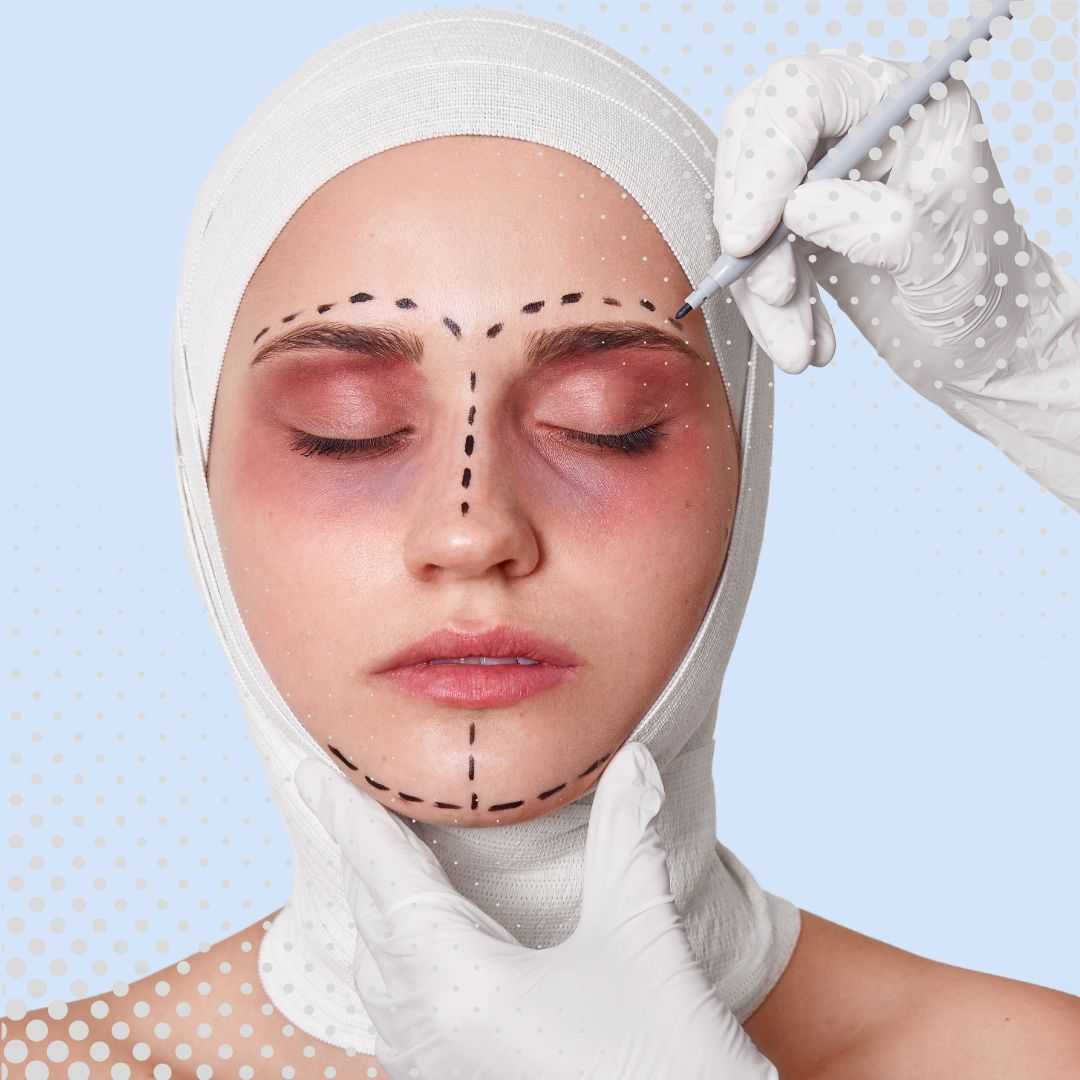
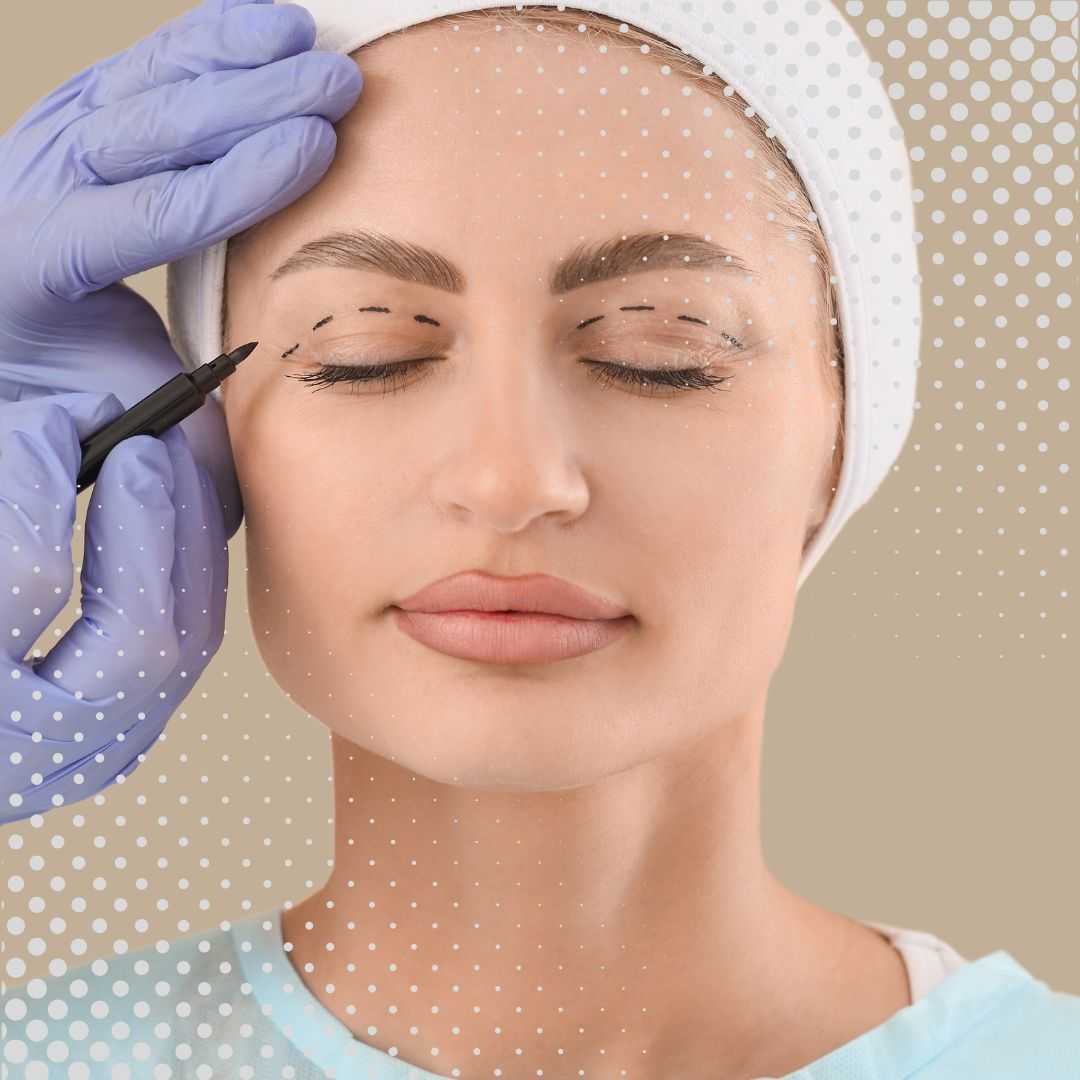
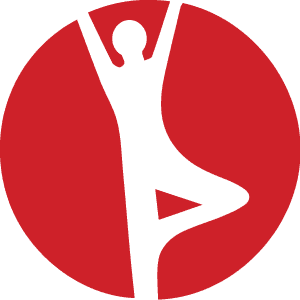

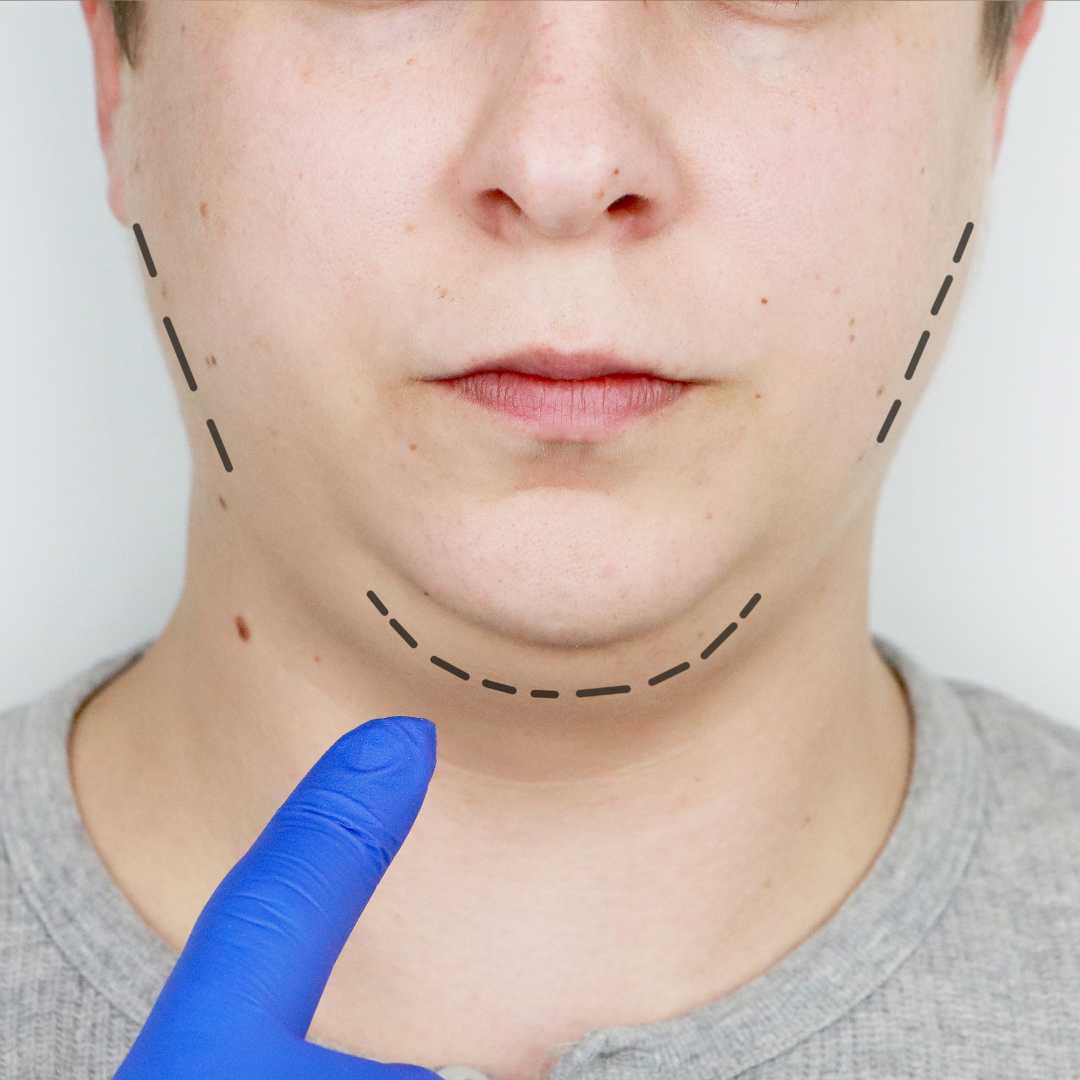


.png)
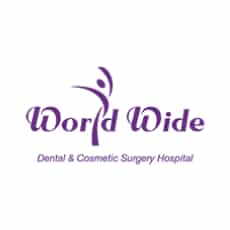
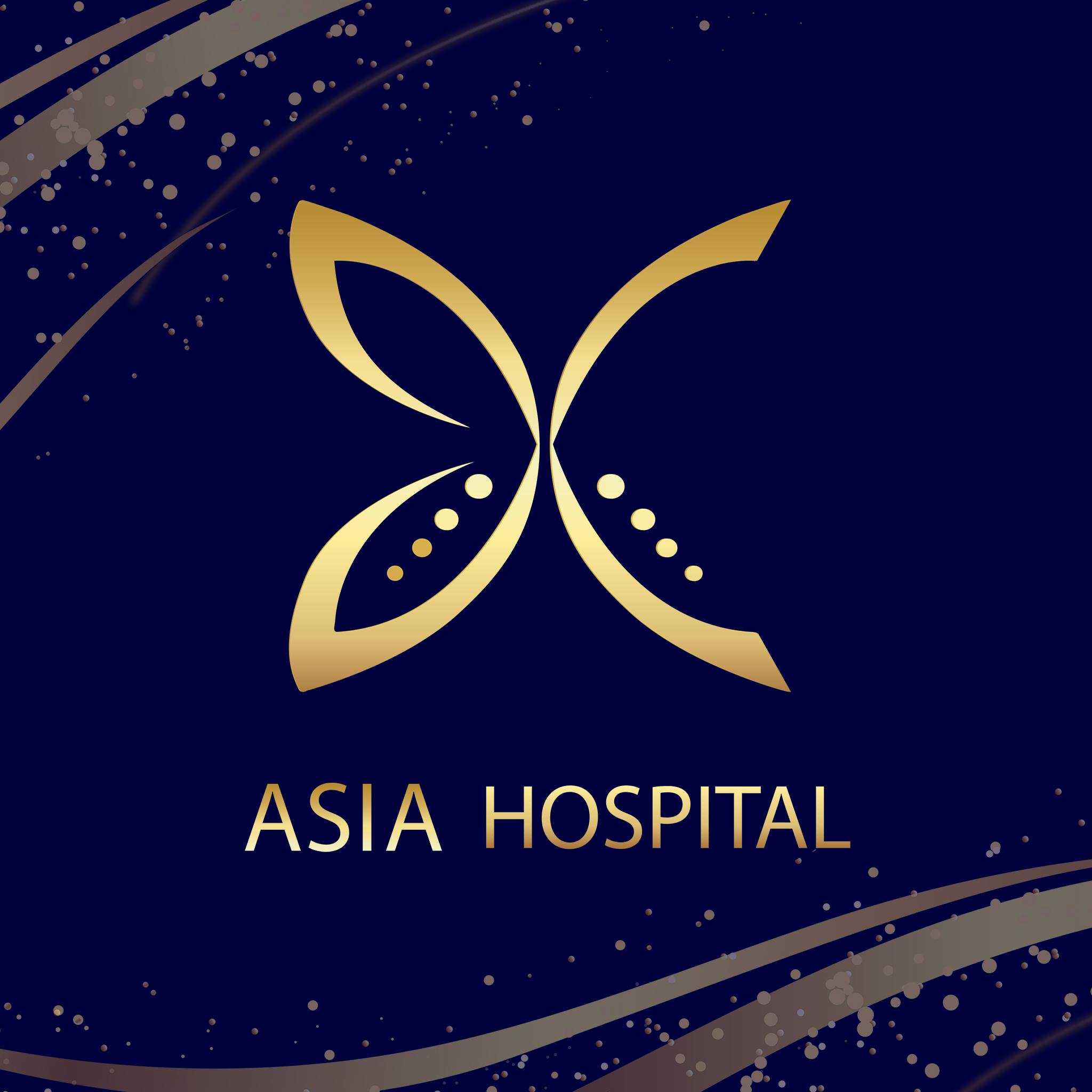
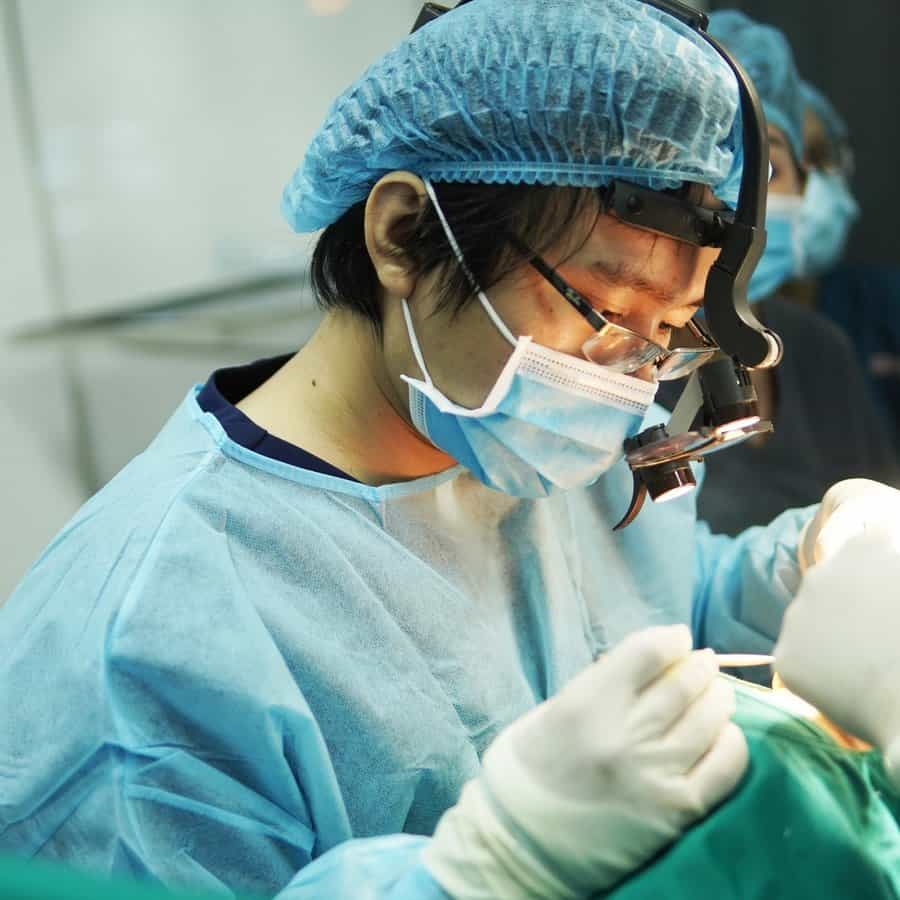

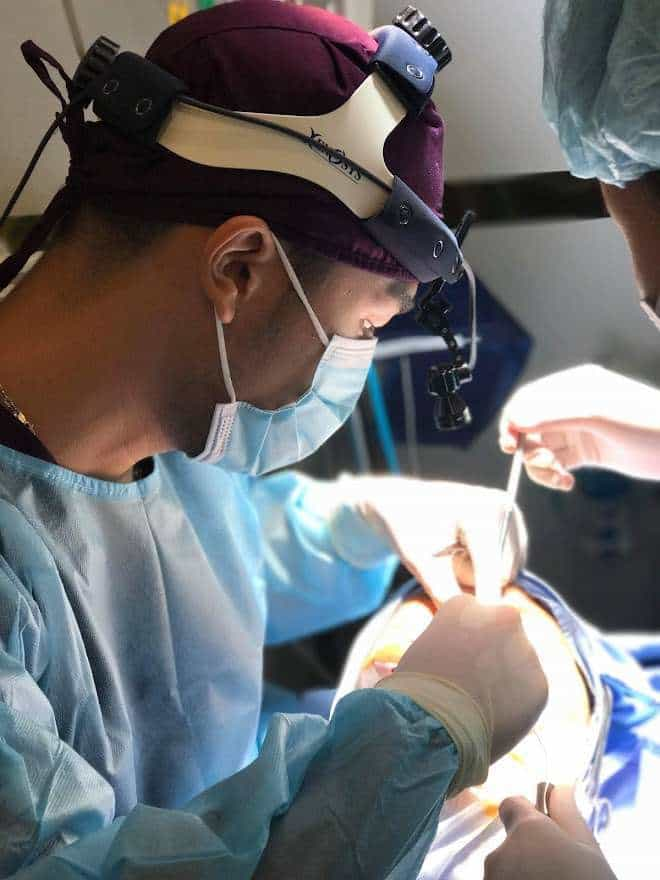

Share this listing